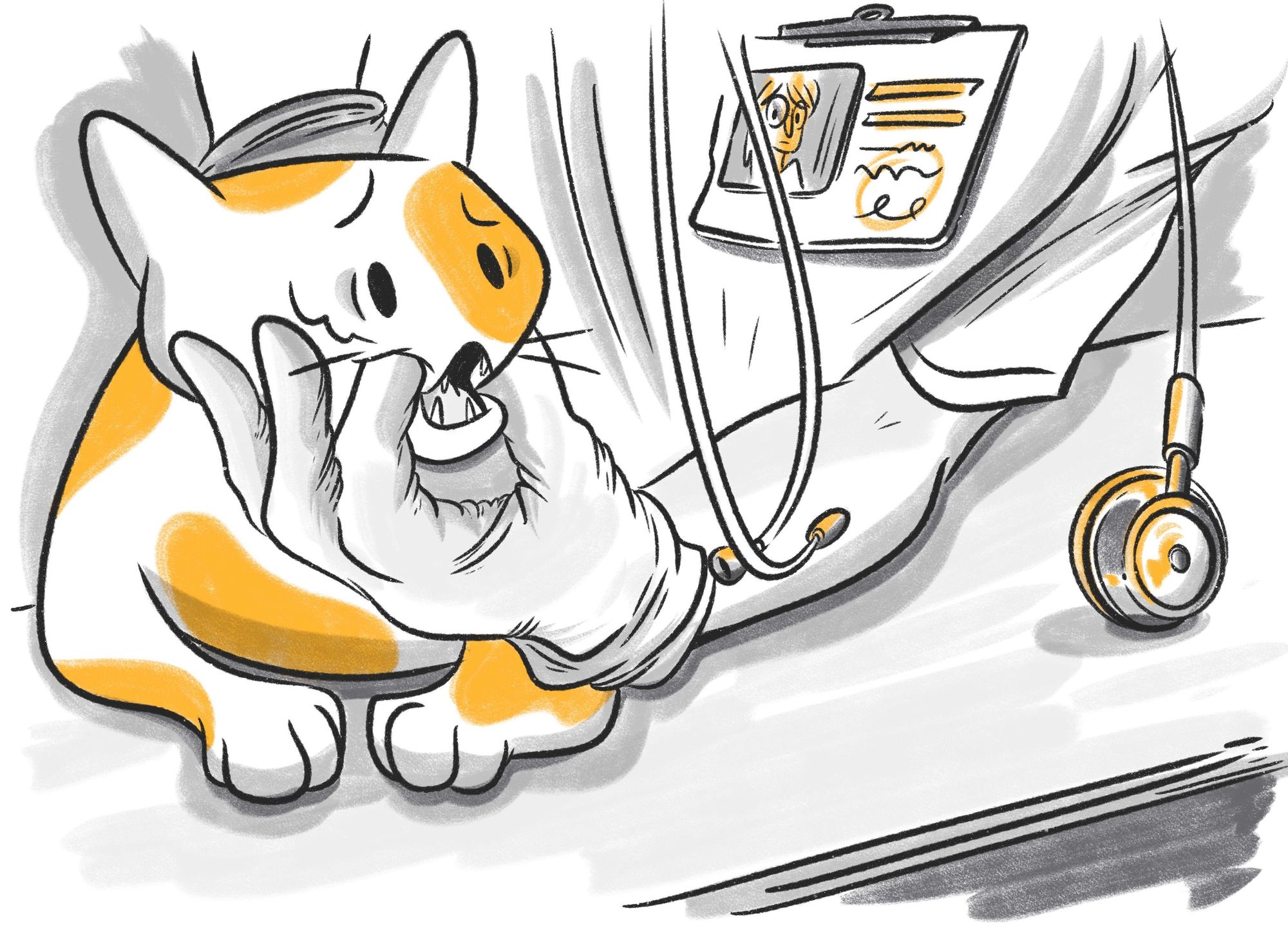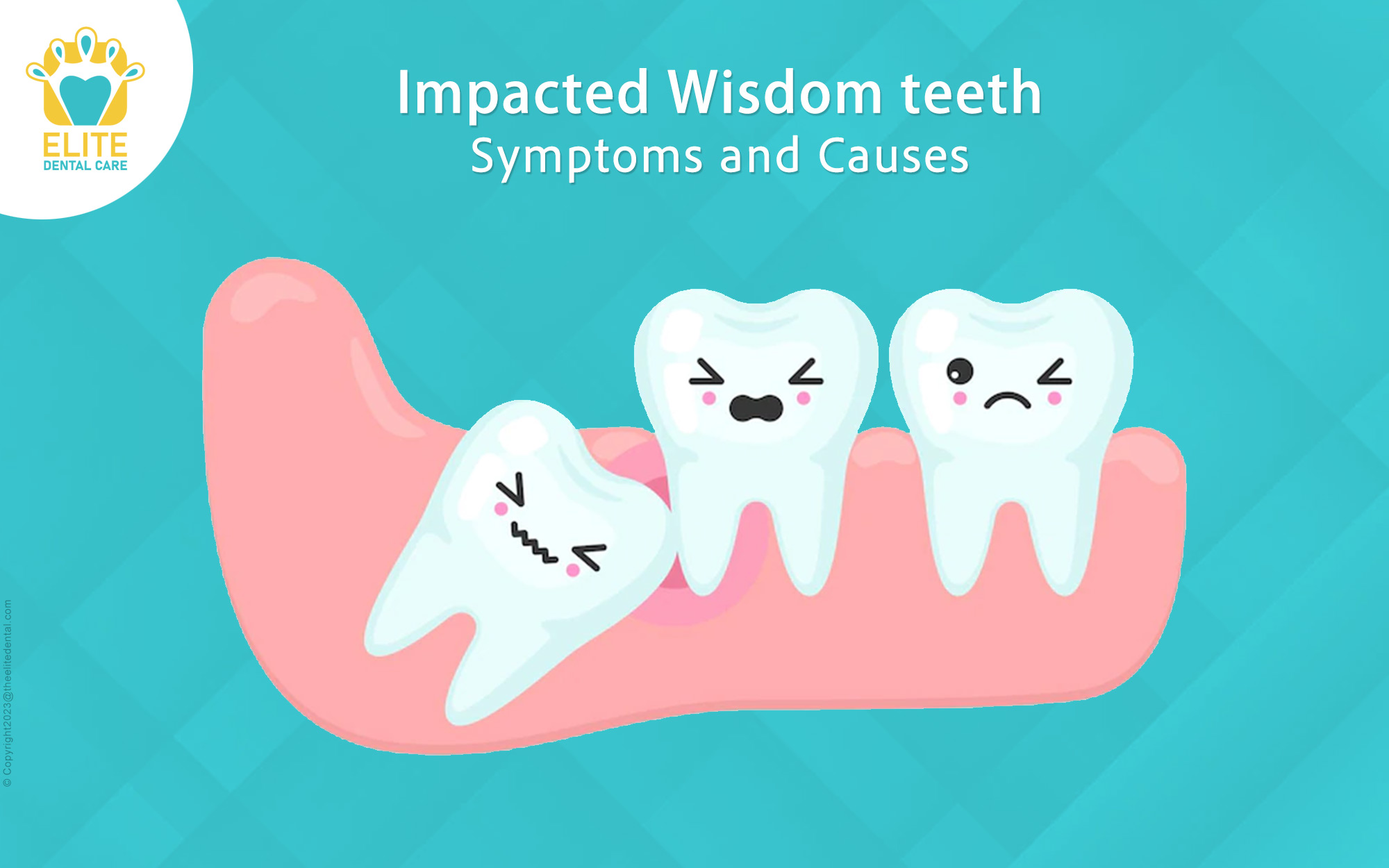Clubitis condition causes can be complex and multifaceted, often leaving individuals searching for answers about their symptoms and potential treatments. This condition, though not widely discussed, affects numerous people worldwide, leading to discomfort, pain, and a diminished quality of life. Many individuals are unaware of the underlying factors that contribute to this ailment, which is why understanding its root causes is crucial for effective management and prevention. Whether you're experiencing symptoms or simply want to learn more, this guide will provide you with the insights you need to navigate this health concern.
Clubitis is a term that refers to the inflammation or enlargement of the fingers and toes, giving them a club-like appearance. This condition is often a sign of an underlying health issue, which is why addressing the "clubitis condition causes" is essential for proper diagnosis and treatment. From respiratory disorders to cardiovascular diseases, various factors can trigger this condition, making it vital to explore its origins thoroughly. By understanding the causes, individuals can take proactive steps toward improving their health and well-being.
While many people may dismiss clubitis as a minor cosmetic issue, it can be an early warning sign of more serious health concerns. By delving into the potential causes, this article aims to shed light on why this condition occurs and how it can be managed effectively. Whether you're a healthcare professional seeking to expand your knowledge or someone directly affected by clubitis, this guide will equip you with the information you need to make informed decisions about your health. Let’s explore the key factors behind clubitis condition causes and how they can impact your life.
Read also:Damon Imanis Journey To The View Insights And Highlights
- What is Clubitis?
- What Are the Main Causes of Clubitis?
- How Does Respiratory Disease Contribute to Clubitis?
- Can Cardiovascular Issues Lead to Clubitis?
- Clubitis Condition Causes and Genetic Factors
- Is Clubitis Reversible?
- What Are the Symptoms of Clubitis?
- How is Clubitis Diagnosed?
- What Treatment Options Are Available for Clubitis?
- How Can You Prevent Clubitis?
What is Clubitis?
Clubitis, also known as clubbing, is a medical condition characterized by the abnormal enlargement of the fingertips and toes. This phenomenon occurs when the nail beds become soft and the fingers take on a bulbous appearance. While it may seem like a cosmetic issue, clubbing is often a sign of an underlying health problem. Understanding the causes of this condition is crucial for addressing the root issues and preventing further complications.
What Are the Main Causes of Clubitis?
Several factors can contribute to the development of clubbing, and it’s important to explore these causes to better understand the condition. Some of the most common causes include respiratory disorders, cardiovascular diseases, and gastrointestinal issues. Each of these factors can lead to changes in oxygen levels or blood flow, which in turn can result in the characteristic symptoms of clubbing.
How Does Respiratory Disease Contribute to Clubitis?
Respiratory diseases such as chronic obstructive pulmonary disease (COPD), lung cancer, and cystic fibrosis are among the leading causes of clubbing. These conditions often result in low oxygen levels in the blood, a condition known as hypoxia. When the body senses low oxygen levels, it may respond by increasing blood flow to the extremities, leading to the enlargement of the fingertips. This connection between respiratory issues and clubbing highlights the importance of addressing the underlying respiratory condition to manage clubitis effectively.
Can Cardiovascular Issues Lead to Clubitis?
Cardiovascular diseases, such as congenital heart defects and infective endocarditis, can also contribute to the development of clubbing. These conditions often affect blood circulation and oxygen delivery to the tissues, creating an environment where clubbing can occur. For example, a heart defect that causes abnormal blood flow may lead to increased pressure in the pulmonary arteries, resulting in the characteristic changes seen in clubbing. Understanding the role of cardiovascular health in clubitis condition causes is essential for proper diagnosis and treatment.
Clubitis Condition Causes and Genetic Factors
In some cases, clubbing may have a genetic component. Certain hereditary conditions, such as primary hypertrophic osteoarthropathy, can lead to the development of clubbing. This condition is caused by genetic mutations that affect the bones and joints, resulting in the characteristic enlargement of the fingers and toes. While genetic factors are less common than respiratory or cardiovascular causes, they are still an important consideration when diagnosing clubbing.
Is Clubitis Reversible?
One of the most frequently asked questions about clubbing is whether it is reversible. The answer depends on the underlying cause of the condition. In cases where clubbing is caused by a treatable condition, such as an infection or a respiratory disorder, addressing the root cause may lead to a reduction in symptoms. However, in cases where the condition is caused by a chronic or irreversible disease, the changes in the fingers and toes may be permanent. Early diagnosis and treatment are key to improving outcomes for individuals with clubbing.
Read also:Can Yaman And Demet Oumlzdemir Latest News 2024 Everything You Need To Know
What Are the Symptoms of Clubitis?
Clubbing is characterized by several distinct symptoms, including softening of the nail beds, enlargement of the fingertips, and a change in the angle between the nail and the nail bed. Individuals with clubbing may also notice that their nails appear more curved than usual. These symptoms can develop gradually over time, making it important to monitor any changes in the appearance of the fingers and toes.
How is Clubitis Diagnosed?
Diagnosing clubbing involves a thorough medical evaluation, including a physical examination and a review of the patient’s medical history. Doctors may also order imaging tests, such as X-rays or CT scans, to assess the underlying cause of the condition. In some cases, blood tests may be necessary to rule out infections or other systemic diseases. Early diagnosis is crucial for addressing the underlying causes of clubbing and preventing further complications.
What Treatment Options Are Available for Clubitis?
Treatment for clubbing focuses on addressing the underlying cause of the condition. For example, if clubbing is caused by a respiratory disorder, treatment may involve medications to improve lung function or surgery to remove a tumor. In cases where cardiovascular issues are the cause, treatments may include medications to manage blood pressure or surgical interventions to correct heart defects. While there is no specific treatment for clubbing itself, managing the underlying condition can often lead to an improvement in symptoms.
How Can You Prevent Clubitis?
Preventing clubbing involves addressing the risk factors associated with its underlying causes. For example, avoiding smoking and maintaining good respiratory health can reduce the risk of developing clubbing related to lung diseases. Similarly, managing cardiovascular health through a balanced diet, regular exercise, and routine medical check-ups can help prevent conditions that may lead to clubbing. While not all cases of clubbing are preventable, taking proactive steps to maintain overall health can reduce the likelihood of developing this condition.
In conclusion, understanding the causes of clubbing is essential for managing this condition effectively. By exploring the various factors that contribute to clubitis condition causes, individuals can take steps to address the underlying issues and improve their quality of life. Whether you're experiencing symptoms or simply want to learn more, this guide provides valuable insights into the causes, symptoms, and treatment options for clubbing.

